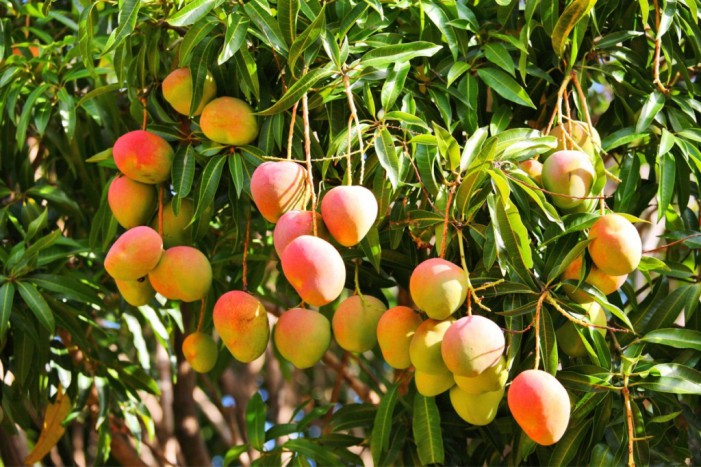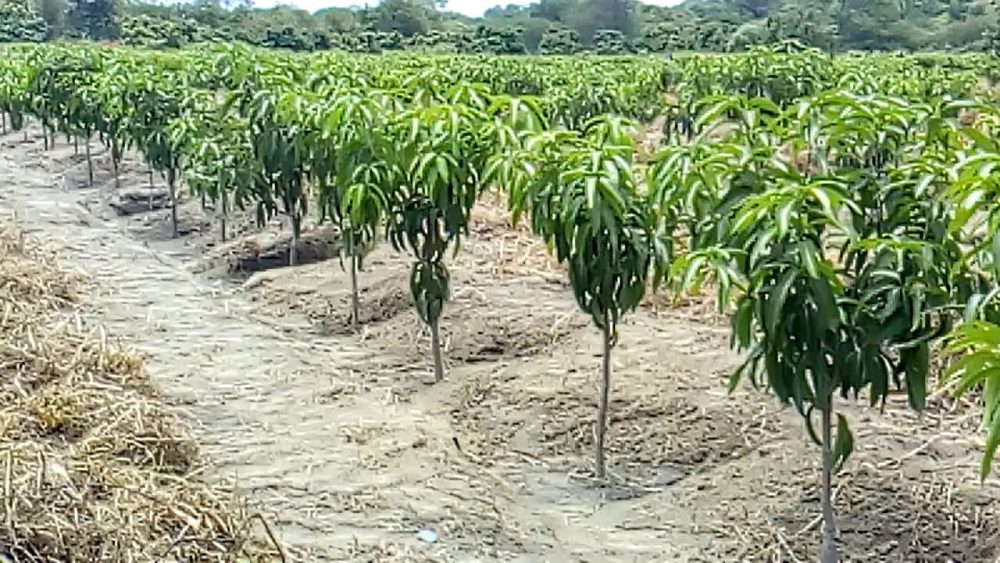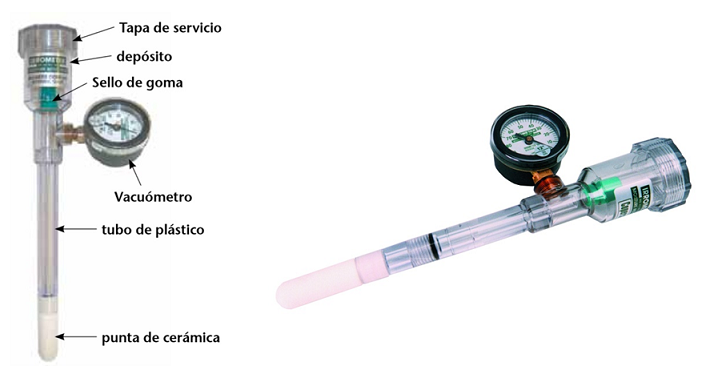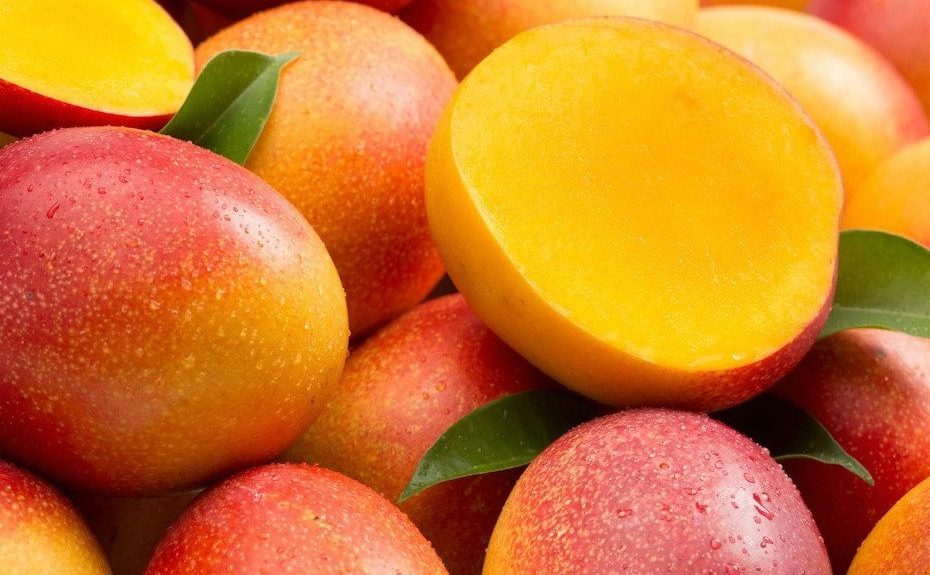The skin of the mango Kent have a yellow background color and a red coating. Taking into account the load of the trees, the average weight of these fruits is 450 a 560 grams. There are very few fibers in the pulp, making it very suitable for spoon use.
The fruit of this variety is of good quality and long-lived because its tree is erect and of medium vigor. Thus, then we will explain its characteristics, of the fruit, From the tree, and its cultivation in general.
Fruit characteristics
- The shape and size of the fruit drupe of varies a lot, but it is usually ovoid, obviously flat or round, with yellowish green, yellow, Red, purple or orange, and the skin
- The pulp is yellow or orange, juicy and very tasty.
- The seed coat is thick and woody, with an outer layer of fiber that can extend into the pulp.
- The various surrounding flavors and aromas contributed by the pulp of mango they will inevitably invite you to taste the fresh taste, and it is also very suitable for juices, cakes, ice creams, among others
- Mango fruit is delicate, and its taste and texture are very different from the usual edible fruits.
Tree characteristics.

- The Kent mango may be native to northwestern India and northern Myanmar, on the slopes of the Himalayas.
- It is a tropical and subtropical species that can be cultivated in certain areas of the Mediterranean climate.
- In the most advantageous areas of the tropics, can reach a height of up to 30 meters.
- The trunk is straight and the bark is grayish brown, showing shallow longitudinal cracks
- The leaves are alternate smooth on both sides, the top surface is dark green and the bottom is yellowish-green.
- Young leaves are reddish purple or brown, and then they turn dark green.
- The flowers of the Kent mango are small, light greenish-yellow in color, of 1 a 5 mm long.
Crop characteristics
- Mango trees are very sensitive to frost and require higher temperatures to grow well.
- Can grow in any well-drained soil, preferring sand, moderately heavy silt or clay. Avoid light sandy soil and heavy clay.
- If it rains little, irrigation is essential. Rain during the flowering period severely reduced pollination and fruit set.
- As far as lighting is concerned, this is a hardy plant, so that can't stand the shadows.
Sowing period:
Seeds sown in June and July can be grafted in November, December and January. These will be ready to be placed in the wild in July and August of the following year. Although some load throughout the year.
Temperature:
In winter or in cool places, it is recommended cover the plants with an insulating blanket before the beginning of spring. As long as the tree doesn't grow big, a mature tree can withstand a temperature of two degrees below zero.
Young trees between two and five years old will die at temperatures of zero degrees Celsius and one degree Celsius..
Site preparation
To break up the soil and increase the permeability of its profile, it is recommended to let the deep soil pass. On terrain with little or no steep slopes, it is recommended to use one or two rakes to break up the dense soil structure left by the next row of soil.
Before passing this step, and based on the analysis of the soil and irrigation water, background fertilizer can be added to correct possible insufficient levels.
Reference point:
The most suitable method will be used to mark the future position of the tree. The position can be fixed with wooden stakes and can have between 1 a 2 meters high.
In the early years of the life of the Kent mango, we will definitely use them to support tree formation. If the main irrigation pipe is not extended, Now is the time.
Plantation:

Use a power tool to drill the hole manually, because the drill is away from the side of the hole that is difficult to penetrate into the root. This will only greatly hamper your growth..
It is not recommended to use any type of fertilizer when planting, because the plants are under a lot of pressure at that time, what can damage the fertilizer. Place the seedling in the hole so that the soil is at the same height as the substrate it brings.
The lower part of the torso should not be buried to prevent the root neck from rotting. It is very important to protect the bark of young trees. This is best done by placing specific grids or by painting the trunk and main branches with suitable white paint..
Don't waste a lot of time from planting trees to watering for the first time. But, before this, the corresponding dropper must be used to extend the hose.
Primary care:
The first months after planting are critical, so the water level in the ground must be controlled. Small trees they are very sensitive to water scarcity and excess trees are destructive too. It is recommended to use a blood pressure monitor to manage irrigation.

The nutrition of the trees will be completed with fertilization, and we will start from 15 a 20 days after sowing. Small mango trees generally flower in the first years of establishment in the field to prevent the flowers from competing with vegetative growth..
